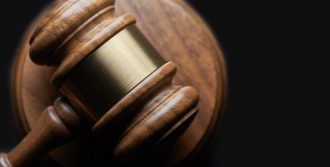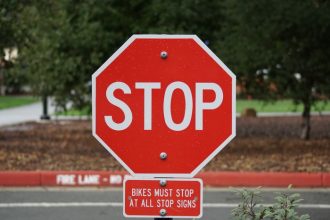
August 3, 2018
Undue Process: You Can Ask the USPTO to Review a Patent, but if They Blow it, You may be Powerless to Appeal
In JTEKT Corp. v. GKN Automotive Ltd., [2017-1828] (August 3, 2018), the Federal Circuit dismissed the appeal of a Patent Trial and Appeal Board (PTAB) determination that claims 2 and 3 of U.S. Patent No. were not unpatentable, because Appellee, JTEKT, lacked standing to appeal.
JTEKT filed a petition alleging that claims 1–7 of the ’440 patent were invalid. After the Board instituted as to all challenged claims, GKN disclaimed claims 1, 4, and 5, so the Inter Partes Review (IPR) focused on the patentability of claims 2 and 3.
Under the IPR statute, any person or entity may petition the USPTO to institute an IPR proceeding. 35 U.S.C. § 311(a). There is no requirement that the petitioner have Article III standing, as “[p]arties that initiate [IPRs] need not have a concrete stake in the outcome; indeed, they may lack constitutional standing.” Cuozzo Speed Techs., LLC v. Lee, 136 S. Ct. 2131, 2143–44 (2016). The statute also provides that an unsuccessful petitioner may appeal an adverse final written decision. 35 U.S.C. § 141(c).
The Federal Circuit, however, has held that the statute does not do away with the Article III standing requirement. Phigenix, Consumer Watchdog, stressed that the “obligation to establish an injury in fact” for appellants “remains firm.” In order to demonstrate the requisite injury in an IPR appeal, the appellant/petitioner must show that it is engaged or will likely engage “in an[] activity that would give rise to a possible infringement suit.”
The fact that JTEKT had no product on the market at the present time does not preclude Article III standing, either in IPRs or in declaratory judgment actions. But where the party relies on potential infringement liability as a basis for injury in fact, and is not currently engaging in infringing activity, it must establish that it has concrete plans for future activity that creates a substantial risk of future infringement or likely cause the patentee to assert a claim of infringement.
While JTEKT has submitted two declarations in support of its standing, these declarations do not establish that its planned product would create a substantial risk of infringing the claims on appeal.
Because JTEKT has failed to establish an actual injury sufficient to confer Article III standing, the Federal Circuit dismissed the appeal.
Assuming the correctness of the Federal Circuit’s reasoning, this is another demonstration of how ill-conceived the AIA was: a party can challenge a patent in an IPR or PGR, but no matter how badly the USPTO handles the IPR, that party may not be able to appeal. Where is the justice in such a scheme? Should there be estoppel with respect to a decision that cannot be reviewed? That sounds even more unjust.





































